Step into Pakistan, and you step into a world of languages, far beyond just one! This South Asian nation buzzes with over 70 different languages, each carrying its own story and cultural heritage.
Understanding what language they speak in Pakistan matters more than you might think. Whether you’re planning to visit, doing business, studying history, or simply curious about world cultures, Pakistan’s linguistic landscape reveals fascinating insights into its people, provinces, and past. Each language spoken here connects to different ethnic groups, regional traditions, and historical events that shaped the country.
Pakistan is a linguistically rich nation with over 70 languages, where Urdu serves as the national language and lingua franca, English holds official status, and a vibrant array of regional languages like Punjabi, Pashto, Sindhi, Saraiki, and Balochi are spoken by the majority of the population, each telling a unique story of its people and provinces.
In this guide, you’ll discover the key languages that define Pakistan: Urdu as the national language, English in its official role, and the major regional languages, including Punjabi, Pashto, Sindhi, Saraiki, and Balochi. We’ll explore how history, culture, and politics shaped this diverse linguistic map.
Quick Answer: Pakistan’s main languages are Urdu (national language), English (official language), and major regional languages including Punjabi, Pashto, Sindhi, Saraiki, and Balochi.
Curious about languages in other unique communities? Check out our articles on what language do Amish speak and what language do the Minions speak for more fascinating linguistic discoveries.
Which is the Official and National Language of Pakistan?
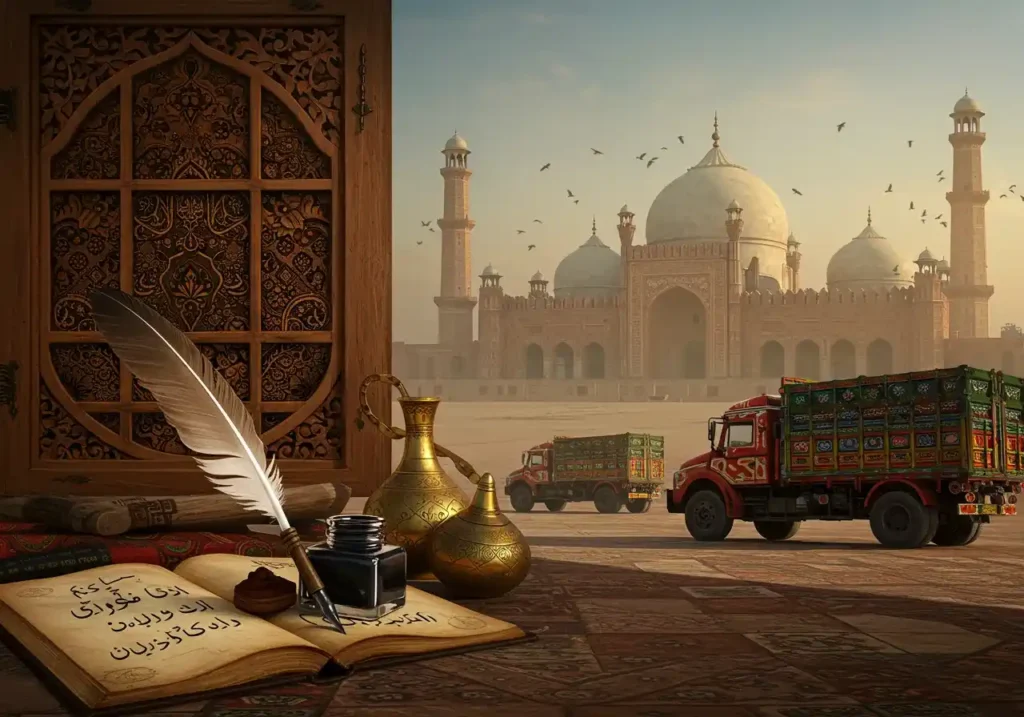
Urdu: The National Language of Pakistan
Urdu has a fascinating origin story. The word “Urdu” comes from the Turkic word “ordu,” meaning army or camp. During the Mughal era, this “camp language” developed as soldiers, traders, and officials mixed Persian, Arabic, Turkish, and local Indian languages together. What started as practical communication became something much bigger.
When the movement for Pakistan began, Urdu became more than just a language—it became a symbol. Muslim leaders chose it to represent their identity and bring different groups together. In 1947, when Pakistan gained independence, Urdu officially became the national language.
How People Use Urdu Today
Here’s something interesting about what language they speak in Pakistan: around 80% of people understand Urdu, but only 7-8% speak it as their first language. Most native Urdu speakers live in cities or are “Muhajirs”—families who moved from India during partition.
Urdu dominates Pakistani TV, newspapers, government offices, and schools. It’s the bridge language that helps a Punjabi speaker talk to someone from Balochistan. Even if it’s not your mother tongue, you probably know Urdu if you live in Pakistan.
What Makes Urdu Special
Urdu belongs to the Indo-Aryan language family and uses the beautiful Nastaliq script, which flows from right to left. It borrows heavily from Persian and Arabic, making it sound poetic and formal. Interestingly, Urdu and Hindi are like linguistic cousins—people speaking both can often understand each other, though they use different scripts and formal vocabulary.
The language carries Pakistan’s soul through its rich poetry and literature, from classical ghazals to modern novels.
English: The Co-Official Language
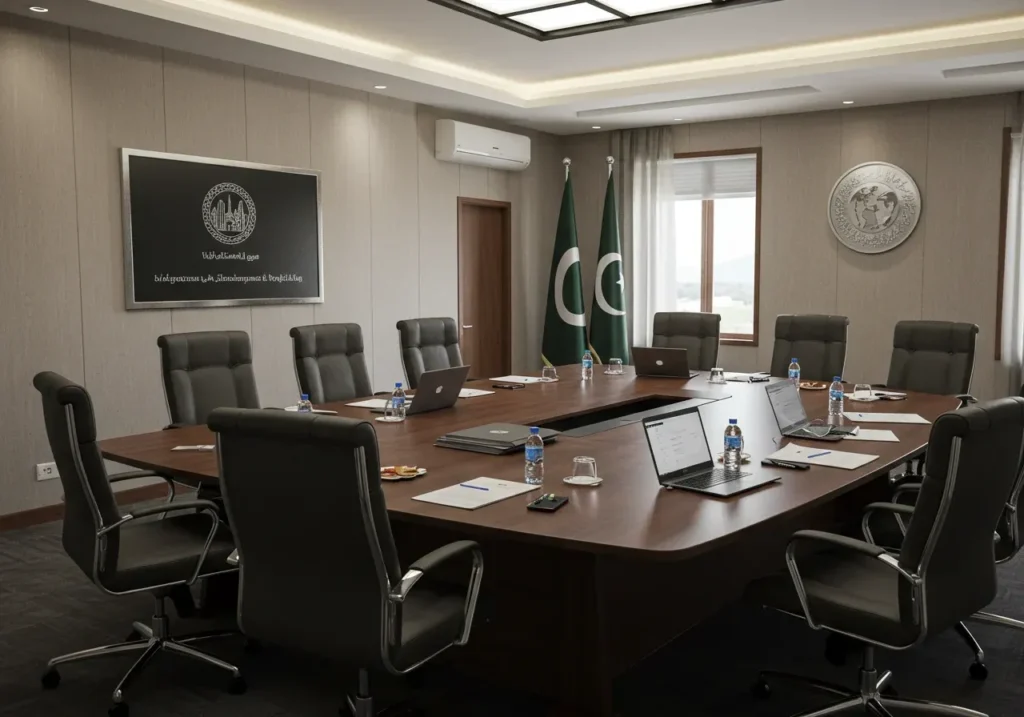
Colonial Legacy Lives On
English didn’t disappear when the British left. Instead, it stayed and became part of Pakistan’s identity. Today, English shares official status with Urdu, handling government business, legal matters, and higher education.
Walk into any Pakistani court, corporate office, or university, and you’ll hear English. It dominates business deals, technology discussions, and international meetings. Many elite private schools teach entirely in English, while government schools use Urdu.
Pakistani English: A Local Flavor
Pakistan has developed its own version of English with unique pronunciations and local words. You might hear “prepone” (opposite of postpone) or “good name?” (meaning “what’s your name?”). These local touches make Pakistani English distinct from British or American versions.
English opens doors to better jobs and global opportunities, but it also creates divisions. Those who speak fluent English often get ahead faster, while others may feel left behind. This makes English both a tool for success and a marker of social class.
Major Regional Languages: The Provincial Pillars
While Urdu and English handle official business, the real heartbeat of Pakistan comes from its regional languages. These are the languages people grow up speaking, the ones used in homes, markets, and local celebrations.
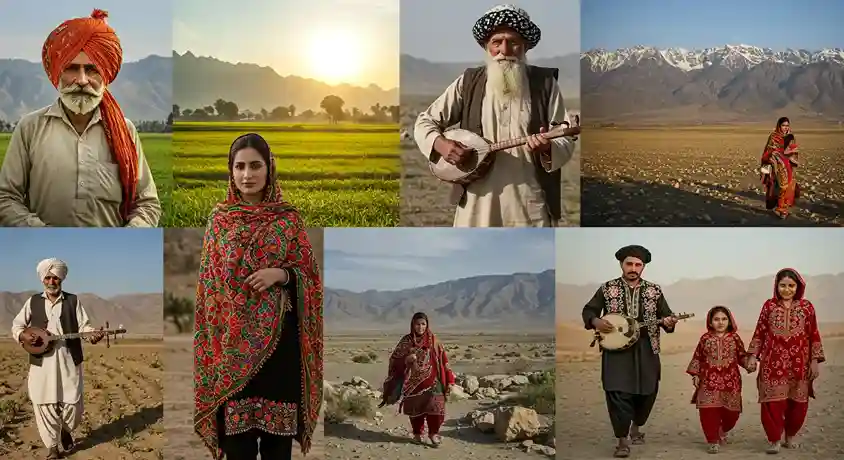
Punjabi: The Giant Among Languages
Punjabi dominates when you ask what language they speak in Pakistan at home. Around 39-44% of all Pakistanis speak Punjabi as their first language, making it the most widely spoken native language in the country.
Where You’ll Hear It
Punjab province is Punjabi territory. As Pakistan’s most populated province, Punjab houses the majority of Punjabi speakers. Walk through Lahore, Faisalabad, or any village in Punjab, and Punjabi fills the air.
Punjabi isn’t just one language—it’s a family of related dialects. You’ll find Majhi around Lahore, Shahpuri in central Punjab, and Pothohari near the mountains. Saraiki, spoken in southern Punjab, is so distinct that many consider it a separate language entirely. Pakistani Punjabi uses the Shahmukhi script, which flows beautifully from right to left using Arabic-style letters.
Punjabi culture runs deep. The language gave birth to legendary Sufi poets like Bulleh Shah and Waris Shah, whose verses still move people today. Punjabi folk music, bhangra beats, and vibrant festivals make this language a cultural force that extends far beyond Pakistan’s borders.
Pashto: The Voice of the Mountains
About 16-18% of Pakistanis speak Pashto, making it the country’s second-largest regional language. These are the Pashtun people, known for their strong tribal traditions and warrior culture.
Pashto rules in Khyber Pakhtunkhwa (KP) province and parts of northern Balochistan. You’ll also find large Pashtun communities in Karachi and other major cities, where families moved for work opportunities.
Three Main Branches
Pashto splits into Northern, Central, and Southern dialects, each with its own accent and local words. Despite these differences, speakers can usually understand each other.
Warrior Poets
Pashto literature is legendary. Rahman Baba and Khushal Khan Khattak wrote poetry that still inspires Pashtun identity today. The language carries centuries of tribal wisdom, honor codes, and mountain folklore.
Sindhi: The Ancient Voice
Around 14-15% of Pakistanis speak Sindhi, mostly in Sindh province. This ancient language has flowed along the Indus River for thousands of years, making it one of Pakistan’s oldest linguistic traditions.
Sindhi belongs to the Indo-Aryan family and carries a rich literary heritage. It uses a unique Arabic-derived script with special characters you won’t find in other languages.
Cultural Treasure
Shah Abdul Latif Bhittai, Sindhi’s greatest poet, wove Sufi mysticism into verses that define Sindhi culture. The language connects deeply with the region’s ancient civilization and spiritual traditions.
Saraiki: The Disputed Beauty
Saraiki speakers make up about 12-14% of Pakistan’s population, concentrated in southern Punjab with communities in Sindh and Balochistan.
Here’s where linguistics gets interesting. Is Saraiki a Punjabi dialect or its own language? Experts still argue, but Saraiki speakers know their language has its own identity, culture, and literary tradition.
Regional Pride
The Saraiki belt has distinct folklore, music, and poetry that sets it apart from mainstream Punjabi culture. This regional identity runs strong among its speakers.
Balochi: The Desert Language
Small but Mighty
Only 3-4% of Pakistanis speak Balochi, but don’t let the numbers fool you. This language covers the vast Balochistan province, Pakistan’s largest by area.
Unlike other Pakistani languages, Balochi belongs to the Iranian branch of Indo-European languages, connecting it to Persian and Kurdish rather than Hindi or Punjabi.
Balochi culture lives through storytelling, epic poetry, and oral traditions passed down through generations. These desert people have preserved their heritage through their language for centuries.
Hindko: The Bridge Language
Over 2% of Pakistanis speak Hindko, mainly in KP’s Hazara region and parts of Punjab. It serves as a linguistic bridge between Punjabi and Pashto areas.
Hindko closely relates to Punjabi and Saraiki, making it easier for speakers of these languages to understand each other. This creates interesting cultural connections across provincial boundaries.
Minor and Indigenous Languages: The Unseen Diversity
Beyond the major languages lies Pakistan’s best-kept secret: over 70 languages total! These smaller languages represent incredible diversity that most people never hear about when asking what language they speak in Pakistan.
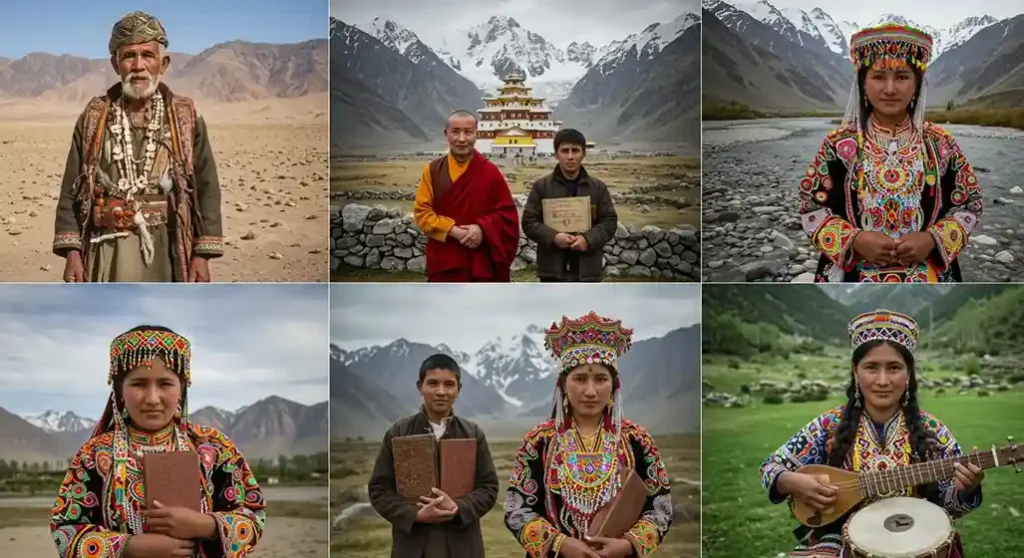
Brahui: The Odd One Out
Brahui stands out like a puzzle piece from the wrong box. While most Pakistani languages belong to Indo-Aryan or Iranian families, Brahui is Dravidian—related to languages from southern India, thousands of miles away. How did it end up in Balochistan? Linguists still debate this fascinating mystery.
Mountain Languages: Voices from the Peaks
Pakistan’s northern mountains hide some of the world’s most unique languages. Shina dominates Gilgit-Baltistan with thousands of speakers. Balti connects to Tibetan culture, showing the region’s links to Tibet.
But Burushaski takes the prize for being completely unique—it has no known relatives anywhere in the world. Imagine a language so different that linguists can’t connect it to any other language family on Earth.
Khowar, spoken in Chitral, serves as the region’s main language, while Kalasha represents something truly special. The Kalash people, with their unique culture and ancient traditions, speak this endangered Indo-Aryan language that’s slowly disappearing.
Other Hidden Gems
Pakistan houses many more linguistic treasures: Kashmiri in Azad Kashmir, Pahari-Pothwari in the hills, Gujarati and Memoni among trading communities, plus various Dardic languages scattered across the northern regions.
Racing Against Time
Here’s the sad reality: many of these languages are dying. Young people move to cities, learn major languages for jobs, and gradually stop using their ancestral tongues. Without official recognition or support, some languages have only a few hundred elderly speakers left.
Fighting for Survival
The good news? Communities and NGOs are fighting back. Local groups document stories, record elders speaking, and create learning materials. Some communities organize cultural festivals to keep their languages alive. Universities now study these languages before they vanish forever.
These minor languages aren’t just words—they’re entire worldviews, cultural knowledge, and ways of understanding life that took centuries to develop. Losing them means losing pieces of human heritage that can never be recovered.
Language Dynamics and Socio-Political Context
Pakistan’s constitution declares Urdu as the national language, but reality is more complex. The government faces a tricky challenge: how do you promote national unity through Urdu while respecting the regional languages that most people actually speak at home?
English complicates things further. While it’s officially recognized, English often gets priority in education and business, creating tensions about what language they speak in Pakistan’s future.
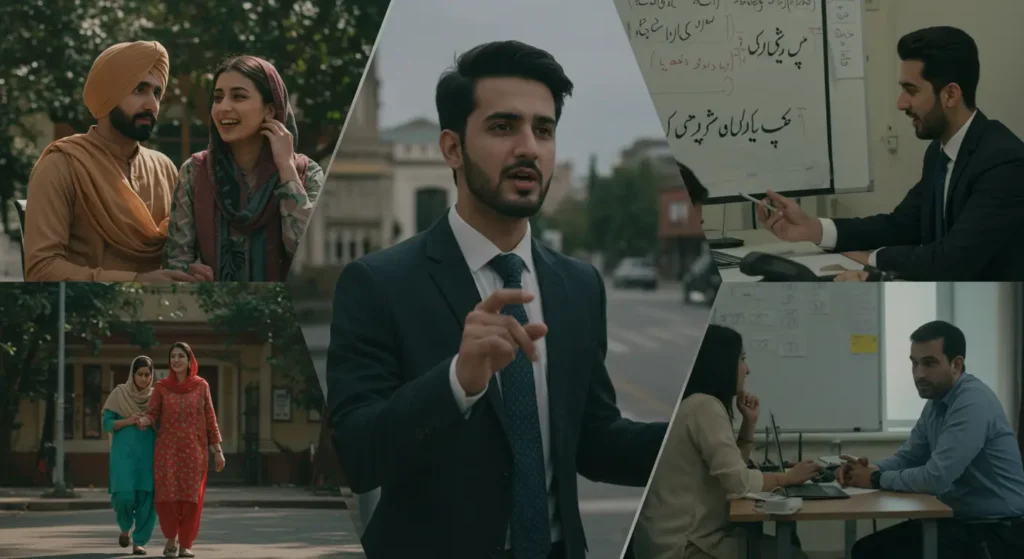
Living in Multiple Languages
Most Pakistanis don’t speak just one language—they’re linguistic gymnasts. A typical person might speak Punjabi at home, switch to Urdu with friends from other provinces, and use English at work. This code-switching happens so naturally that people don’t even notice they’re doing it.
Languages as Identity Markers
Here’s where it gets political. Languages aren’t just communication tools—they’re identity badges. Speaking Sindhi connects you to Sindhi culture, Pashto to Pashtun traditions. Sometimes this creates tension between regional pride and national unity. People want to preserve their heritage while being Pakistani citizens.
Schools Caught in Between
Pakistan’s education system reflects this complexity. Some schools teach in Urdu, others in English, and a few use regional languages for younger children. This creates different educational experiences depending on where you live and your family’s economic status.
Challenges and Future Outlook
The Survival Challenge
Pakistan faces tough choices about its linguistic future. Urban areas increasingly favor Urdu and English, while rural communities hold onto regional languages. Younger generations often prefer languages that help them get jobs, potentially leaving ancestral languages behind.
Funding poses another problem. Supporting 70+ languages requires resources that Pakistan struggles to provide. Many languages lack modern literature, digital resources, or qualified teachers.
Fighting Back
The good news is that both government and communities are taking action. New policies promote regional language education, while cultural organizations create literature and media in local languages. Universities now offer courses in previously ignored languages.
Looking Forward
Pakistan’s linguistic future will likely remain beautifully complex. The country seems headed toward maintaining this multilingual character—balancing national cohesion through Urdu with the rich diversity of regional languages. Technology might help, making it easier to preserve and share languages that were once only spoken.
The key is finding ways to celebrate this diversity rather than seeing it as a problem to solve.
So, What Language do They Speak in Pakistan?
After exploring Pakistan’s linguistic landscape, one thing becomes clear: asking what language they speak in Pakistan is like asking what color the rainbow is. There’s no single answer because Pakistan is a linguistic rainbow with over 70 different languages painting its cultural canvas.
The Official Answer: Urdu serves as the national language and lingua franca, while English holds official status for government and business affairs.
The Real Answer: Most Pakistanis speak their regional language at home—whether that’s Punjabi (the most common), Pashto, Sindhi, Saraiki, Balochi, or dozens of others. They use Urdu to communicate across ethnic lines and English for formal situations.
This linguistic diversity isn’t random—it’s a living testament to centuries of history, migration, and cultural mixing. From the ancient Sindhi language flowing along the Indus River to the Mughal-era birth of Urdu, each language tells part of Pakistan’s story.
The Dravidian mystery of Brahui, the mountain isolate of Burushaski, and the endangered voices of the Kalash people all add chapters to this incredible narrative.
More Than Just Communication
These aren’t just different ways of saying the same things. Each language carries unique cultural wisdom, poetic traditions, spiritual practices, and ways of understanding the world. When a language disappears, entire worldviews vanish with it.
Pakistan’s multilingual reality shows something beautiful: you can be proudly Pakistani while speaking Punjabi, write Urdu poetry while thinking in Pashto, or conduct business in English while dreaming in Sindhi.
Quick Summary: Pakistan speaks Urdu (national language), English (official language), and major regional languages including Punjabi, Pashto, Sindhi, Saraiki, and Balochi, plus over 65 other languages that create one of the world’s most diverse linguistic landscapes.
Take a moment to appreciate this incredible mosaic. In a world that often pushes toward uniformity, Pakistan proves that diversity isn’t just possible—it’s powerful. Each language represents millions of people keeping their heritage alive while building a shared future.
Perhaps it’s time to explore beyond “hello” and “thank you” in these languages. Every word you learn opens a door to understanding Pakistan’s rich cultural tapestry a little better.
FAQs for Pakistani Languages
Q1: What is the national language of Pakistan?
A: Urdu is the national language of Pakistan. While it’s the lingua franca and widely understood, it’s a first language for a smaller percentage of the population compared to some regional languages.
Q2: Are Urdu and English the only languages spoken in Pakistan?
A: No, absolutely not. While Urdu and English are the official languages, Pakistan is home to over 70 languages. Major regional languages like Punjabi, Pashto, Sindhi, Saraiki, and Balochi are spoken by large segments of the population.
Q3: Is Punjabi an official language in Pakistan?
A: No, Punjabi is not an official language at the federal level. However, it is the most widely spoken native language in Pakistan, especially in the Punjab province, and has significant cultural importance.
Q4: Do people in Pakistan understand Hindi?
A: Colloquial Urdu and Hindi are largely mutually intelligible, meaning many Pakistanis can understand basic Hindi, especially due to shared vocabulary and media exposure. However, their formal registers and scripts differ.
Q5: What are some of the major regional languages of Pakistan?
A: The major regional languages are Punjabi, Pashto, Sindhi, Saraiki, and Balochi. There are also many other important regional and indigenous languages like Hindko, Brahui, Shina, Balti, and Khowar.
Q6: Why does Pakistan have so many languages?
A: Pakistan’s diverse linguistic landscape is a result of its rich history, various migrations, the presence of numerous ethnic groups, and its location at the crossroads of different civilizations (South Asia, Central Asia, Middle East).

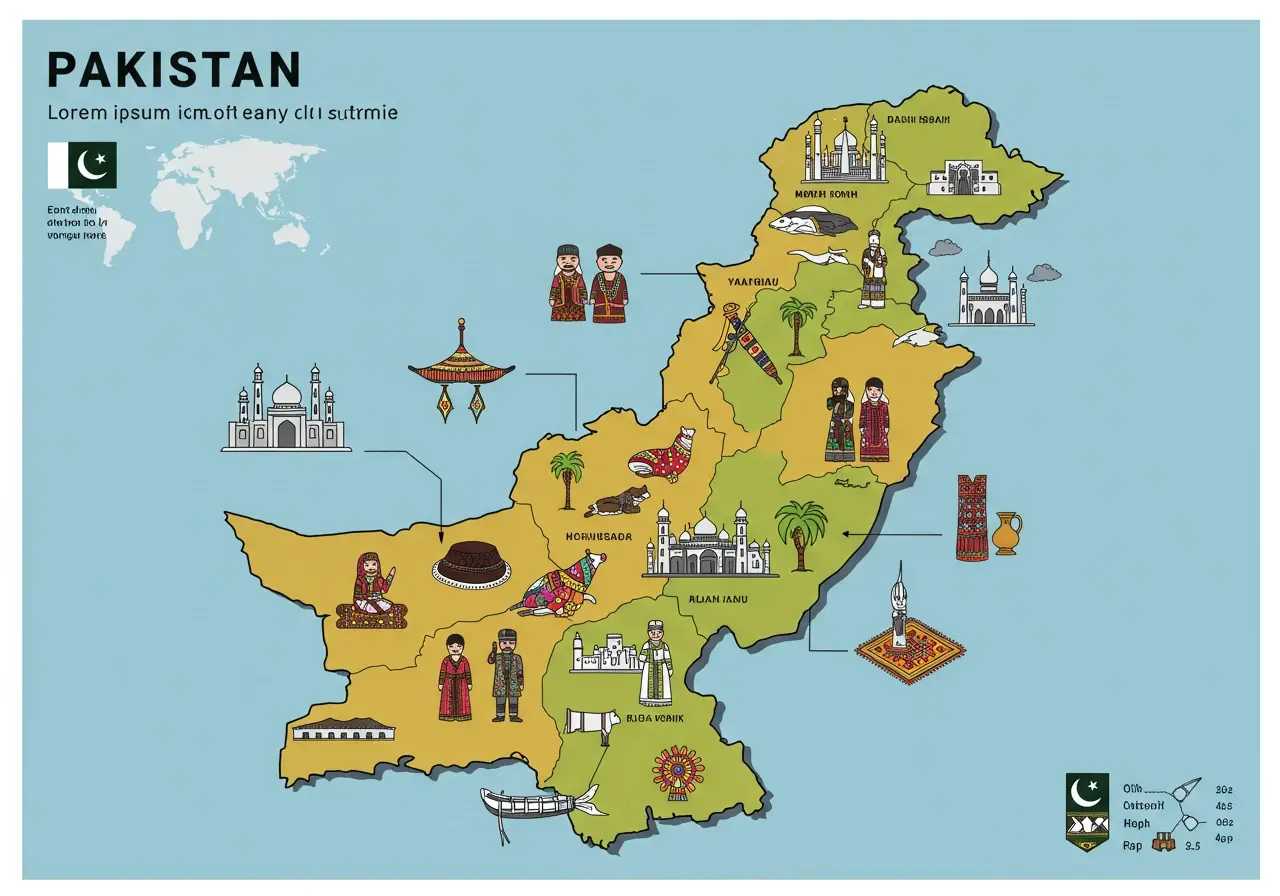


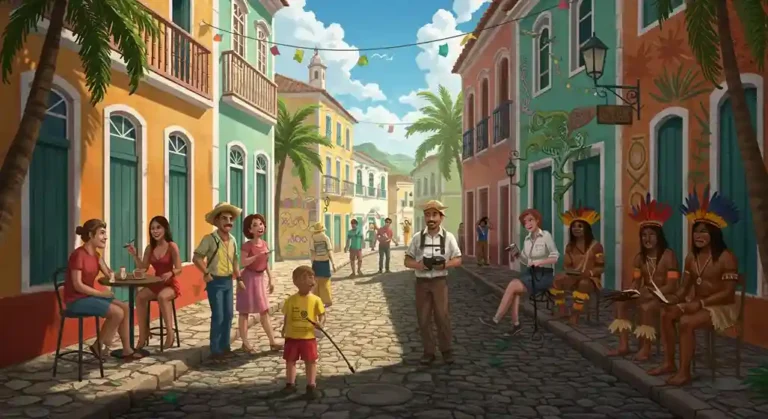
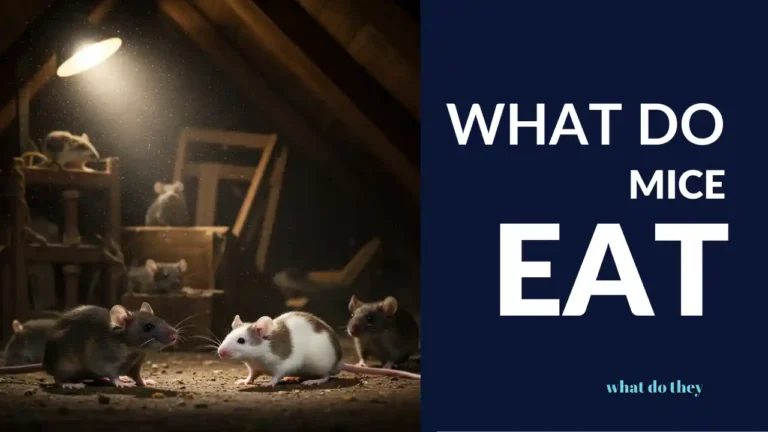


Leave a Comment